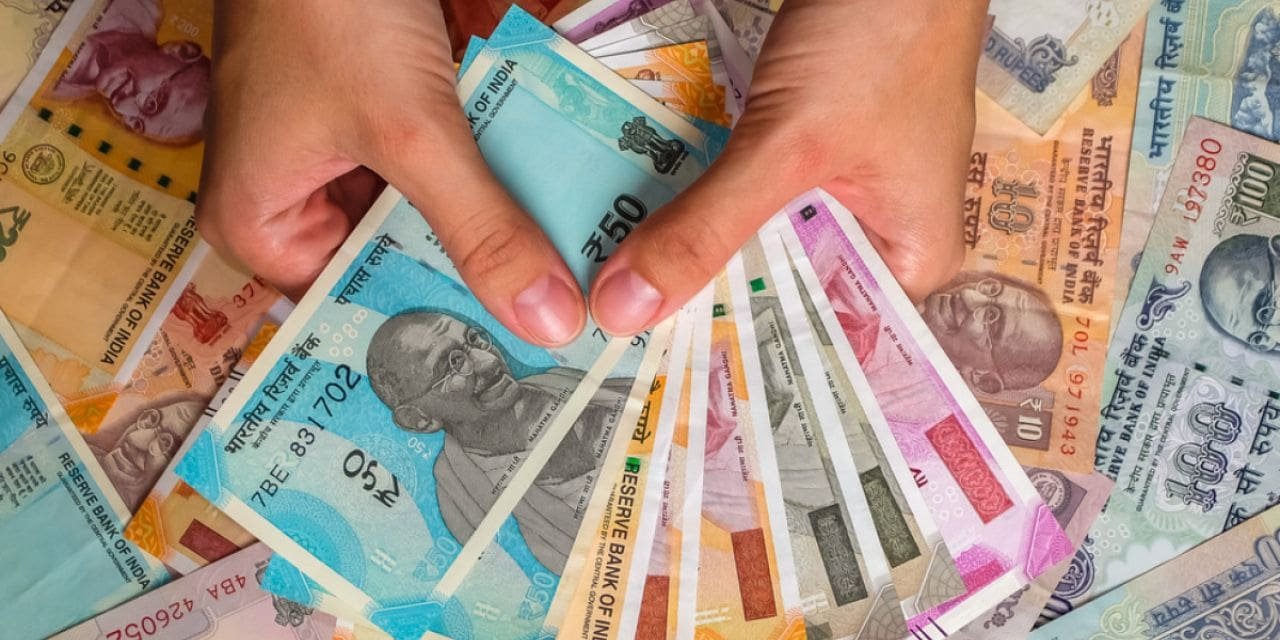The Indian Government has amended the Foreign Trade Policy allowing international trade invoicing, payment and settlement in the Indian rupee, activating the mechanism announced by the Reserve Bank of India to facilitate trade in the domestic currency. The introduction of an international trade settlement mechanism in the Indian Rupee is expected to expand India’s trade with countries facing shortage of the American dollar. It can also arrest the slide in the value of the INR against the United States dollar and pave the way for the INR’s acceptance as a global currency.
The Commerce Ministry on September 16 notified its decision to allow invoicing, payment and settlement of external trade in rupees.The move was required to align the foreign trade policy of the government with the July announcement of the Reserve Bank of India (RBI) and facilitate rupee trade.
The new mechanism will enable the invoicing of exports and imports in the INR. It will involve setting up the INR Vostro accounts by authorised Indian banks and their corresponding banks in partner countries. Indian importers will pay for imports in the INR that will then be credited into these accounts. Indian exporters, on the other hand, will receive payments from these accounts.The core objective of the mechanism is to reduce the invoicing of trade in United States (US) dollar by shifting to the INR. Such shifting will make it much easier for Indian exporters and importers to trade with countries facing difficulties in invoicing trade in the US dollar. These include countries like Russia and Iran. Due to prevailing Western sanctions, traders from these countries find it tough to mobilise the US dollar for invoicing exports and imports. An arrangement enabling the pricing of trade in the INR will overcome these difficulties and accelerate their trade with India.

